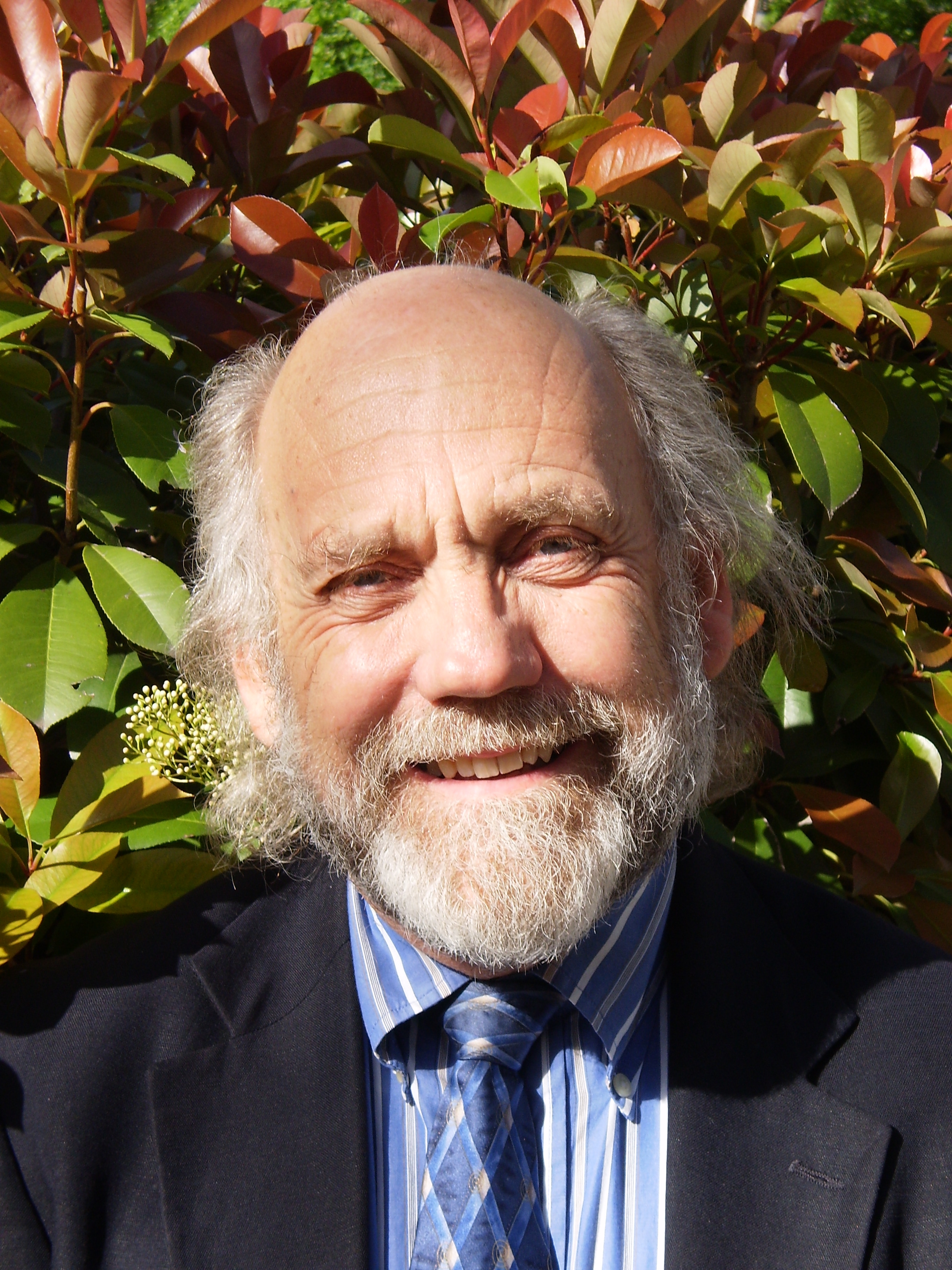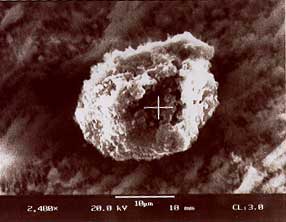Texas environmental and public health groups welcome today’s new EPA safeguards to reduce mercury and other toxic air pollutants from the smokestacks of the nation’s aging fleet of coal and oil-fired power plants. The new public health protection has been developed over nearly twenty years and is required by law under the Clean Air Act, the landmark public health legislation passed during the Nixon Administration. The rules will be a significant benefit to public health and water quality in Texas since six of the top 10 worst mercury emitting power plants in the nation are in Texas. Twenty-three Texas lakes near coal plants are so contaminated with mercury that eating fish from those lakes could cause brain damage to unborn children. Information about the new health protection can be found at http://epa.gov/mats/.
“As a family doctor, I am regularly obligated to council young women to limit fish consumption. Mercury exposure during pregnancy can cause severe mental retardation, cerebral palsy, deafness, blindness, and seizures in children. Kids who eat contaminated seafood have demonstrated deficits in attention, fine motor function, language, visual-spatial abilities, and memory. Prevention is key — I can’t fix a child’s brain that has been damaged by mercury. The costs both to those families that are affected by mercury toxicity and to our society as a whole are staggering. At last there is good news. I applaud the EPA standards which could go a long way to clean up our air and reduce unnecessary exposures to mercury and other dangerous toxins,” said Dr. Lisa Doggett, a practicing Physician and co-president of Austin Physicians for Social Responsibility.
In July, more than 800,000 comments from across the country were delivered to EPA in support of the new mercury and air toxics rule, with more than 600,000 of these from Sierra Club members and supporters. Despite being the single largest industrial emitters of heavy metals like arsenic, mercury, and selenium, power plants have been exempt from Clean Air Act standards that apply to all other industry sectors.
“The only thing more shocking than the large amounts of toxic chemicals released into the air each year by coal and oil fired power plants is the fact that these emissions have been allowed for so many years,” said Ilan Levin, Environmental Integrity Project Associate Director.
According to a report based on utility data by the Environmental Integrity Project (available at http://www.environmentalintegrity.org), Texas is by far the nation’s top power plant mercury polluter. Texas coal-fired power plants emitted 16.9 percent of the total U.S. mercury air emissions for 2010, and Texas is home to 11 of the top 50 mercury polluters in the nation. Dallas-based Luminant (formerly TXU) operates the nation’s dirtiest power plant for mercury emissions; the Big Brown coal plant, located about halfway between Houston and Dallas, pumped 1,610.1 pounds of mercury into the air in 2010. Three of Luminant’s other large coal-fired power plants are also ranked among the top 50 dirtiest power plants in the nation: Martin Lake (number three), Monticello (number seven), and Sandow 4 (a single coal-fired boiler ranked number 28).
Other Texas coal-fired power plants owned by American Electric Power, NRG, and the Lower Colorado River Authority and City of Austin are among the nation’s top 50 worst mercury air polluters. EPA’s new rule is intended to reduce the levels of toxic metals and acid gases that these electric power plants emit into the atmosphere.
The list of the most polluting plants and states can be found here: http://www.environmentamerica.org/home/reports/report-archives/clean-air/clean-air/americas-biggest-polluters-how-cleaning-up-the-dirtiest-power-plants-will-protect-public-health
“Today’s new health protection will reduce mercury pollution in our air and water substantially over the next decade,” said Jen Powis, Senior Regional Representative with the Sierra Club. “Reducing mercury pollution will have a significant impact for Texans’ health, and all Texas power generators should look forward to the opportunity to promote the health of women, babies, and young children in our state.”
In addition to lowering mercury emissions, the rule will reduce other fine particle heavy metals like arsenic, chromium, and lead, saving thousands of lives and billions of dollars each year. EPA has estimated that the power plant air toxics rule will avoid between 6,800 and 17,000 premature deaths each year, and will result in annual savings of $48 to $140 billion.
“The hidden costs of toxic pollution from power plants far exceed the pennies that cleanup will cost each consumer. For every dollar spent on pollution controls we will get $5 to $13 in health benefits. Coal-fired power plants are also the single largest source of toxic mercury air pollution in Texas and the rest of the United States. Besides mercury, coal-fired power plants emit a suite of other toxic air pollutants, which can cause serious health effects, especially for children and developing fetuses. Studies by the University of Texas Health Sciences Center in San Antonio have found correlations between high levels of mercury emissions and kids with autism in schools in Texas,” said Karen Hadden, Director of the Sustainable Energy and Economic Development (SEED) Coalition.
Tom “Smitty” Smith of Public Citizen said, “For decades, the electric power industry has delayed cleanup and lobbied against public health rules designed to reduce pollution. They have decided that it was cheaper to invest in politicians than pollution controls and we see the result here in Texas. The technology and pollution control equipment necessary to reduce emissions of mercury and other dangerous air toxics are widely available and are working at some power plants across the country. There is no reason for Americans — and Texans in particular — to continue to live with risks to their health and to the environment.”
Stacy Guidry, Director of Texas Campaign for the Environment, Austin office, said, “The City of Austin has a ‘green’ reputation, but our very own Fayette Power Plant is right up there among the dirtiest – number 49 out of more than 450 coal fired power plants nationwide, in terms of sheer pounds of mercury emitted into the air. In 2010, the Fayette power plant, owned by the Lower Colorado River Authority and Austin Energy, reported spewing 360 pounds of mercury out of the smokestacks. Airborne mercury falls to the ground and contaminates water and soil. That’s not my definition of ‘green’ and the City of Austin can do better.”
EPA Rule Information
- Final Rule (PDF) (1,117pp, 2.4MB)
- Fact Sheet Overview (PDF) (3pp, 134k)
- Fact Sheet: Summary of the Rule (PDF) (6pp, 32k)
- Fact Sheet: Clean Air and Reliable Electricity (PDF) (6pp, 147k)
- Fact Sheet: Benefits and Costs of Cleaning up Toxic Air Pollutants (PDF) (3pp, 190k)
- Fact Sheet: Adjustments from Proposal to Final (PDF) (2pp, 114k)
Technical Information
- Regulatory Impact Analysis (510pp, 8.3MB)
- Integrated Planning Model (IPM) Analysis
- Mercury Risk Assessment (PDF) (196pp, 3.7MB)
- Emissions Overview Memorandum (PDF) (19pp, 2.5MB)
- Enforcement Response Policy for CAA 113 (PDF) (7pp, 2MB)
###
Read Full Post »


 SustainLane
SustainLane Researchers have drawn direct and immediate links between ambient levels of fine particulates and hospital admissions and deaths. By some estimates, tens of thousands of Americans die each year from exposure to airborne particulates.
Researchers have drawn direct and immediate links between ambient levels of fine particulates and hospital admissions and deaths. By some estimates, tens of thousands of Americans die each year from exposure to airborne particulates.

